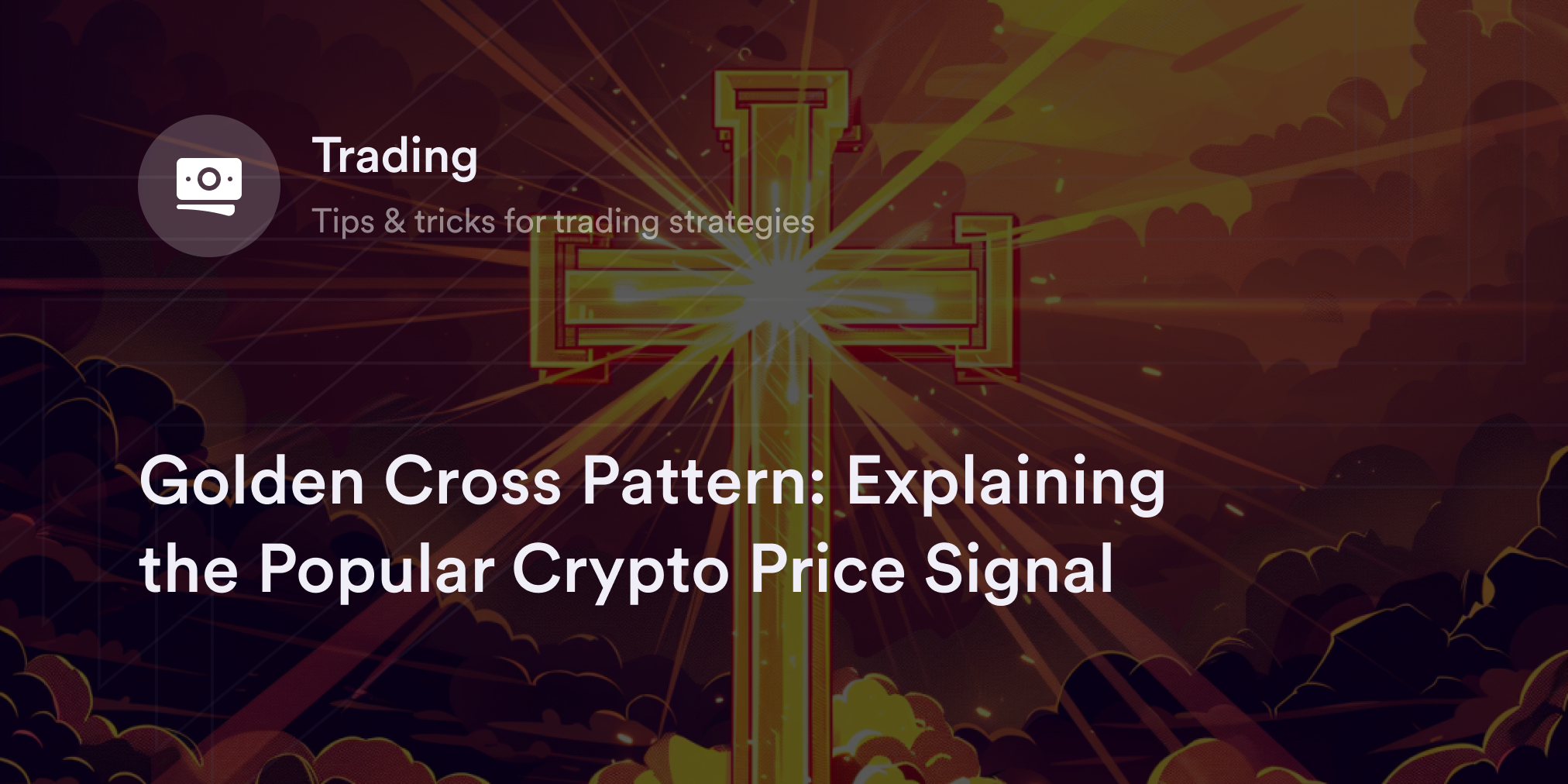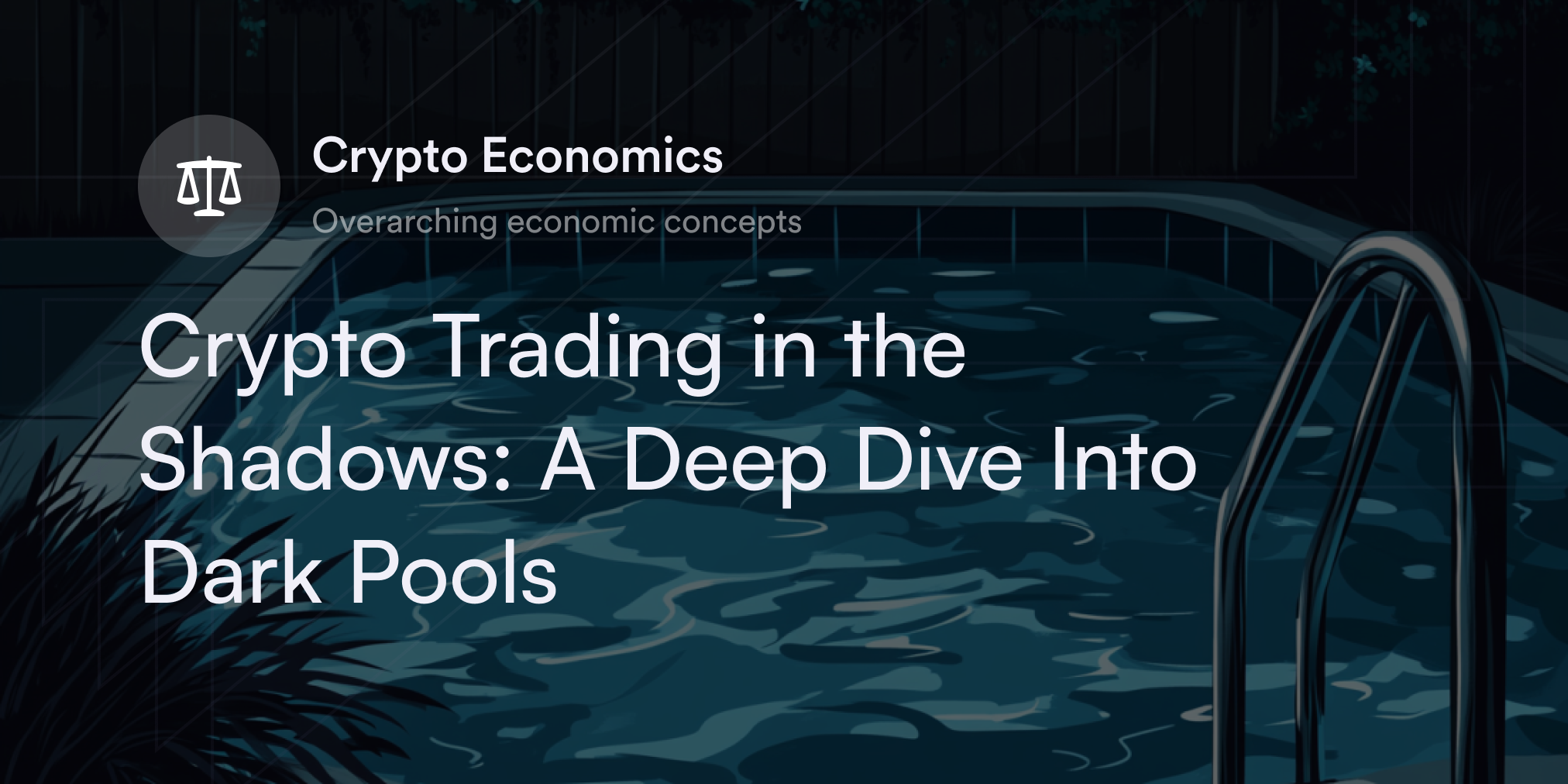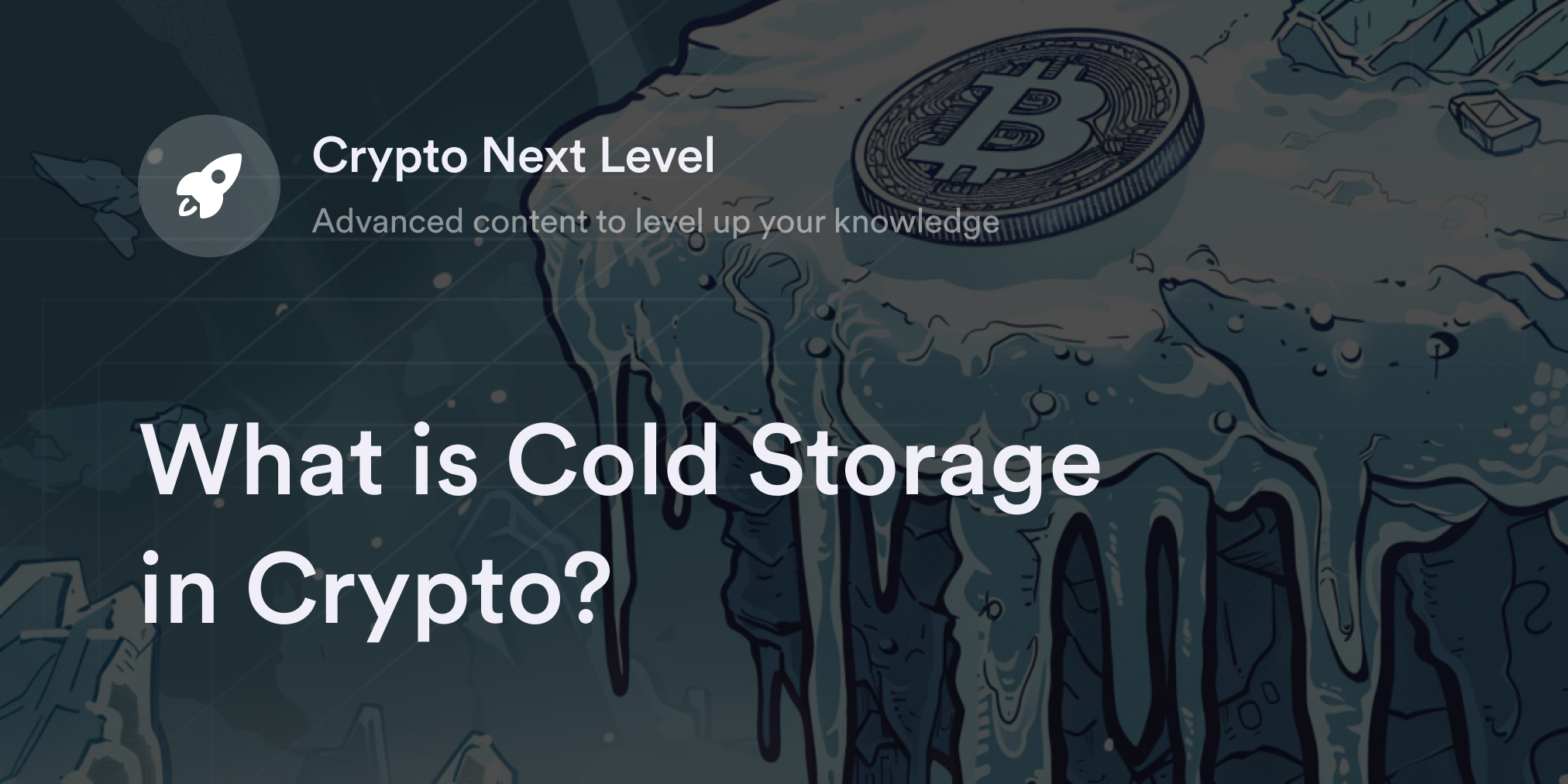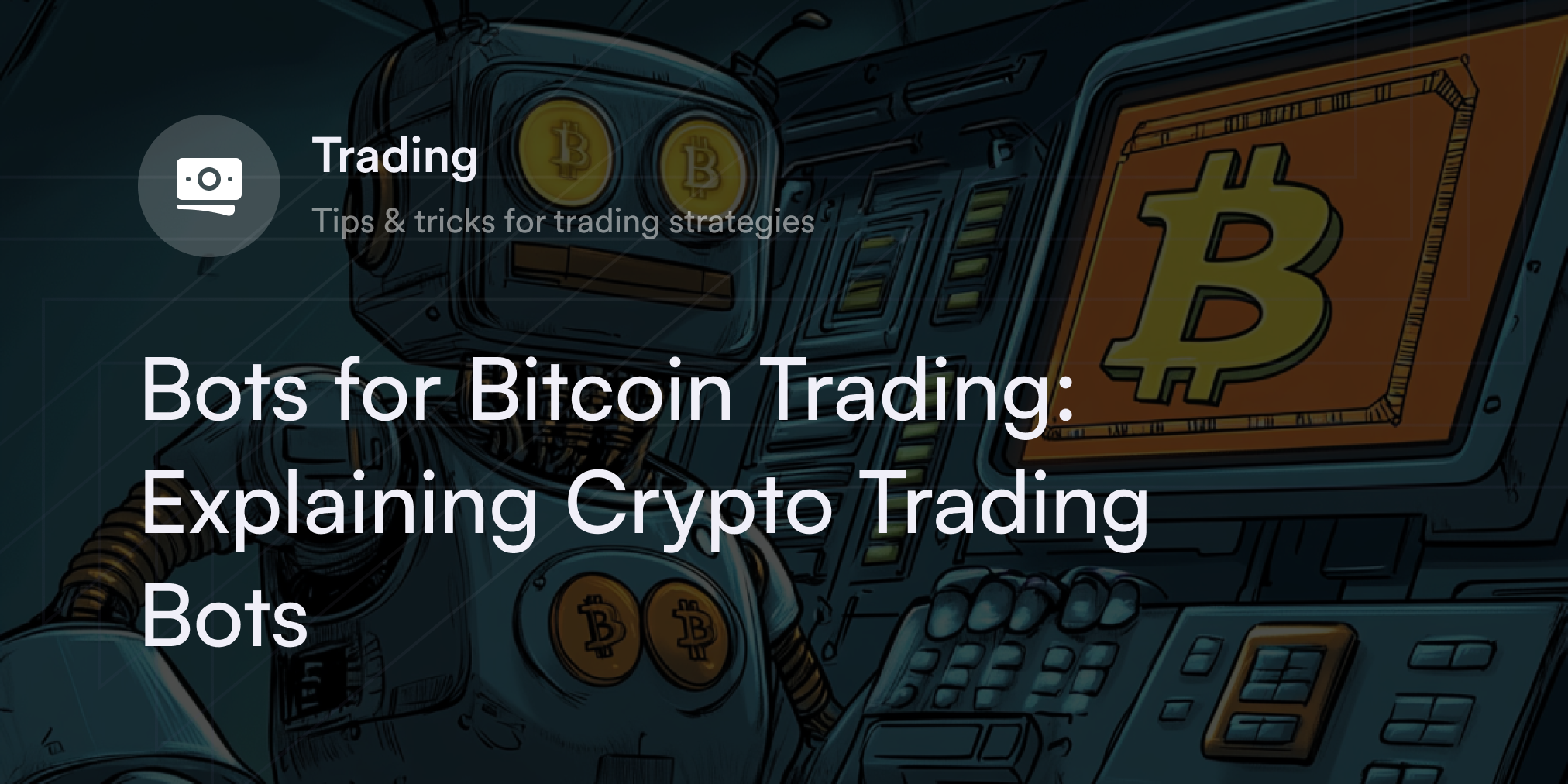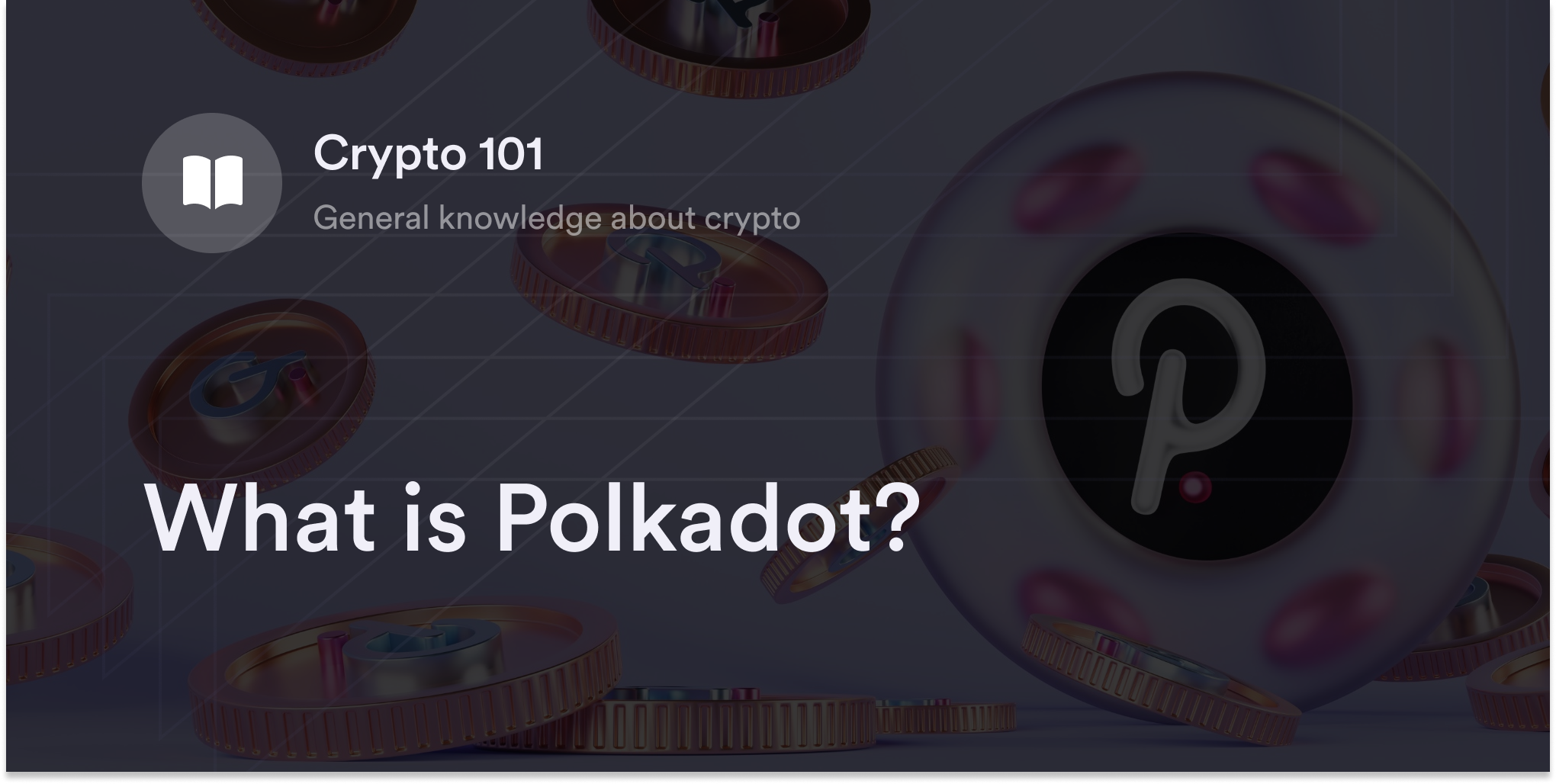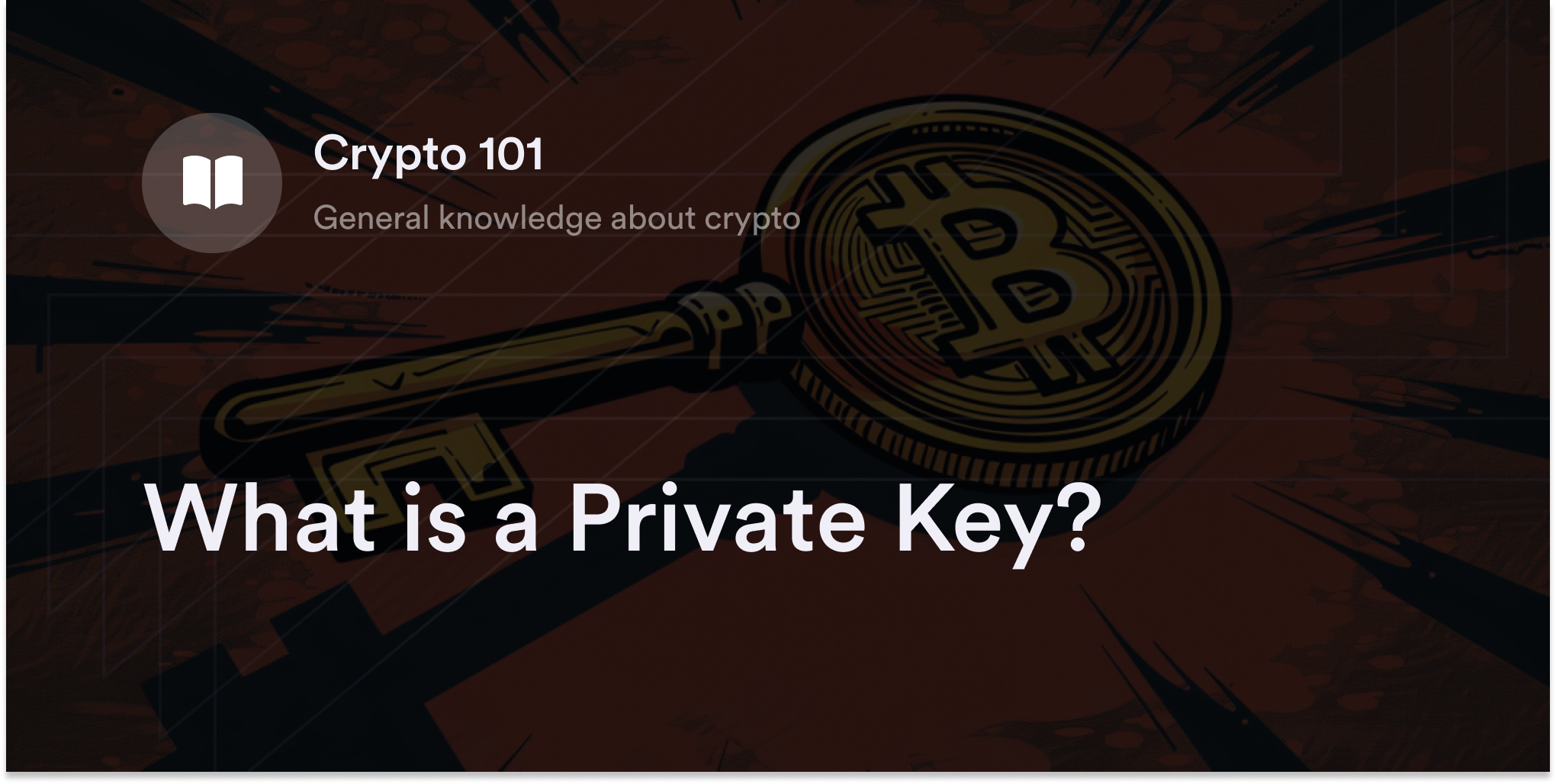


Imagine a network where you could store anything. Texts, videos, or images you hold dear to your heart––all immortalized on a blockchain. Enter Bitcoin (BTC) ordinals, a groundbreaking innovation that transforms the very fabric of Bitcoin's digital ledger.
In this guide, we’ll review Bitcoin ordinals, including what they are, how they work, and how they enable embedding non-fungible tokens (NFTs) directly onto Bitcoin’s individual satoshis. We’ll also discuss how to sell, buy, and trade Bitcoin ordinals.
What are Bitcoin ordinals?
Bitcoin ordinals began as a means to simplify establishing NFTs (non-fungible tokens) on the Bitcoin blockchain. They were launched by BTC mainnet developer Casey Rodarmor in January 2023.
For many traders, Bitcoin NFTs are nothing new, as they’ve been around since early 2020, but the ideas behind Bitcoin ordinals move NFTs to a new level.
Bitcoin ordinals center around attaching items like videos, images, and other data to the satoshi units on the BTC network. While the industry is still in its infancy, things are heating up fast, with more than 200,000 ordinals in existence.
How do Bitcoin ordinals work?
The rise of Bitcoin ordinals started in late 2022 with an inscribed pixelated skull on the Bitcoin blockchain. Here’s how Bitcoin ordinals function:
Data inscription: An ordinal is created by inscribing data onto a satoshi. This inscription can range from simple text to more complex forms like images or code, ensuring the Bitcoin ordinal is decipherable and is one of a kind. The inscribed data is embedded in a Bitcoin transaction and is permanently recorded on the blockchain.
Identification and tracking: Each satoshi in the Bitcoin network is uniquely identifiable and can be tracked through transactions. This uniqueness is maintained as it moves across the blockchain, facilitating the tracking and verification of its authenticity and ownership.
Transactions and ownership: Like any Bitcoin transaction, ordinals are transferred from one wallet to another. When a trader sends or receives an ordinal, they essentially move a satoshi with its unique inscription. The ordinal’s ownership is tied to controlling the wallet’s private key holding the inscribed satoshi.
Pros and cons of Bitcoin ordinals
Bitcoin ordinals offer a unique way to use the Bitcoin blockchain. As with any technological advancement, understanding the advantages and potential drawbacks of Bitcoin ordinals is crucial for both enthusiasts and skeptics.
Pros of Bitcoin ordinals
Leverages Bitcoin’s security: Ordinals benefit from the security and decentralized nature of the Bitcoin network, arguably the most secure blockchain.
Onchain data storage: Ordinals store data directly on the blockchain, ensuring greater permanence and reducing reliance on external links or storage.
Innovation on a proven network: They represent a significant innovation on the Bitcoin blockchain, expanding its use cases beyond just financial transactions.
Unique digital collectibles: Ordinals provide a novel form of digital collectibles, potentially attracting new interest and investment in the Bitcoin ecosystem.
Immutable record: Each ordinal is a permanent, immutable record, which can be an advantage for certain types of digital assets like art or important documents.
Cons of Bitcoin ordinals
Size limitations: The Bitcoin blockchain has size limitations, restricting the amount of data that can be inscribed, which may limit asset complexity.
Lack of smart contract functionality: Ordinals don’t support smart contracts, which constrains their functionality in areas like automatic royalty payments or advanced interactions.
Potential network congestion: Increased interest in ordinals could lead to congestion on the Bitcoin network, potentially increasing transaction fees and processing times.
Environmental concerns: Like all Bitcoin transactions, creating and trading ordinals requires energy-intensive mining, contributing to the environmental impact associated with proof-of-work (PoW) blockchains.
Market uncertainty: Being a relatively new concept, the market for Bitcoin ordinals is less established, which could lead to higher volatility and uncertainty.
Is it possible to mine Bitcoin ordinals?
As nodes mine Bitcoin, it means anything attached to Bitcoin will also be mined––and ordinals are no exception. However, the extraction process of ordinals tends to differ somewhat from the traditional Bitcoin units that are uncovered and placed in circulation.
For example, ordinals typically include data specific to and inscribed on the Bitcoin blockchain. While this practice is possible on other blockchains (i.e., Ethereum), the NFT information and inscriptions are often stored offchain. Also, Bitcoin ordinals function through a PoW module (much like its host network), while other NFT platforms typically operate through a proof-of-stake (PoS) module.
How to buy, sell, and trade Bitcoin ordinals
Digital asset traders generally find the idea of ordinals on the Bitcoin network intriguing, especially when it comes to portfolio diversification. So users looking to trade NFT Bitcoin ordinals can follow the below step-by-step guide:
1. Visit any Bitcoin ordinals marketplace
Begin by researching and selecting a marketplace that specializes in Bitcoin ordinals. These marketplaces are platforms where traders can browse, buy, and sell Bitcoin ordinals.
2. Create a Bitcoin wallet with the marketplace
Most marketplaces require traders to have a digital wallet that can hold both Bitcoin and Bitcoin ordinals. Ensure this wallet is compatible with the marketplace and, most importantly, secure.
3. Make sure there’s some Bitcoin in the wallet for trading
Store some Bitcoin in the wallet to pay transaction fees or make purchases. It’s always recommended to transfer Bitcoin into the marketplace ordinals wallet to remain prepared for trading.
4. Search the marketplace’s various ordinals collections
Explore the different Ordinals available on the marketplace. These can range from digital art to unique text inscriptions, each with its own value and appeal.
5. Find a Bitcoin ordinal worth purchasing
Finally, select a Bitcoin ordinal that’s valuable or appealing. The value can be based on personal interest, artistic merit, rarity, or potential investment return.
Bitcoin ordinals versus NFTs: Key differences
Bitcoin ordinals and NFTs represent two distinct approaches to creating and managing unique digital assets, with key differences ranging from underlying blockchain technology to their respective ecosystems.
Blockchain platform
Bitcoin ordinals are inscribed directly onto individual satoshis within the Bitcoin blockchain, using a network primarily designed for peer-to-peer (P2P) payments. NFTs, however, are minted on smart contract-enabled blockchains like Ethereum, using standards such as ERC-721 or ERC-1155.
Data storage method
Bitcoin ordinals embed data (image, text, etc.) directly onto the blockchain within a satoshi, making it an onchain asset. NFTs, on the other hand, represent ownership through a token that points to external data, usually stored offchain.
Ecosystem and infrastructure
Bitcoin ordinals are part of a newer and rapidly developing ecosystem, leveraging the security and widespread adoption of the Bitcoin protocol. NFTs, conversely, operate within a mature ecosystem with extensive marketplaces, tools, and established standards.
Smart contract functionality
Bitcoin ordinals lack native smart contract functionality. Their uniqueness comes from the data inscribed on satoshis. However, the host blockchain's smart contract capabilities enable NFTs, allowing for more complex functionalities and programmability.
Size and type of inscribed data
Bitcoin’s transaction size constraints limit Bitcoin ordinals, typically embedding smaller data directly onchain. NFTs, however, are often linked to larger offchain digital assets like high-resolution images or videos.
Security and network robustness
Bitcoin ordinals benefit from the high level of security and proven robustness of the Bitcoin blockchain, while NFTs’ security depends on their respective blockchain platforms, which can vary in robustness.
Learn more about Bitcoin on dYdX Academy
Eligible traders looking to upgrade their crypto skills can check out dYdX Academy, our in-house education hub that includes a wealth of easy-to-understand, beginner-friendly guides on Bitcoin, altcoins, and all things blockchain.
dYdX also offers eligible traders intermediary-free access to Bitcoin perpetuals, plus slippage tolerance controls, advanced order types, and up to 20x leverage. Find out more about dYdX’s latest features and upgrades on our official blog, and eligible traders can start trading on dYdX today.
Disclosures
The content of this article (the “Article”) is provided for general informational purposes only. Reference to any specific strategy, technique, product, service, or entity does not constitute an endorsement or recommendation by dYdX Trading Inc., or any affiliate, agent, or representative thereof (“dYdX”). Use of strategies, techniques, products or services referenced in this Article may involve material risks, including the risk of financial losses arising from the volatility, operational loss, or nonconsensual liquidation of digital assets. The content of this Article does not constitute, and should not be considered, construed, or relied upon as, financial advice, legal advice, tax advice, investment advice, or advice of any other nature; and the content of this Article is not an offer, solicitation or call to action to make any investment, or purchase any crypto asset, of any kind. dYdX makes no representation, assurance or guarantee as to the accuracy, completeness, timeliness, suitability, or validity of any information in this Article or any third-party website that may be linked to it. You are solely responsible for conducting independent research, performing due diligence, and/or seeking advice from a professional advisor prior to taking any financial, tax, legal, or investment action.
You may only use the dYdX Services in compliance with the dYdX Terms of Use available here, including the geographic restrictions therein.
Any applicable sponsorship in connection with this Article will be disclosed, and any reference to a sponsor in this Article is for disclosure purposes, or informational in nature, and in any event is not a call to action to make an investment, acquire a service or product, or purchase crypto assets. This Article does not offer the purchase or sale of any financial instruments or related services.
By accessing this Article and taking any action in connection with the information contained in this Article, you agree that dYdX is not responsible, directly or indirectly, for any errors, omissions, or delays related to this Article, or any damage, injury, or loss incurred in connection with use of or reliance on the content of this Article, including any specific strategy, technique, product, service, or entity that may be referenced in the Article.
